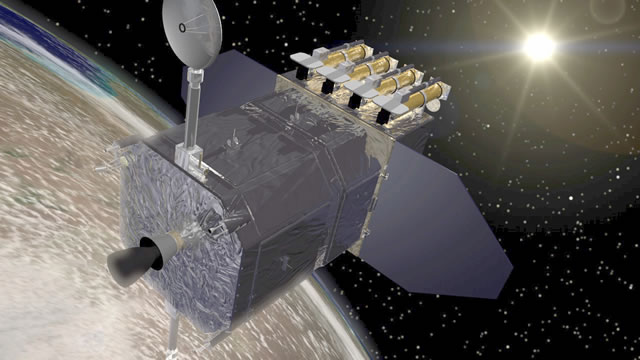
È un progetto della NASA. Solar Dynamics Observatory (SDO) è l’osservatorio astronomico più avanzato disponibile per lo studio del nostro amato sole.E’ stato lanciato su un razzo Atlas 5, prodotto da United Launch Alliance, alle 16.23 italiane dalla Air Force Station di Cape Canaveral in Florida, dopo un rinvio di un giorno a causa delle condizioni del tempo, l’11 febbraio 2010 e già ha iniziato a lavorare. Studierà con una precisione mai ottenuta prima il Sole e dei suoi processi (venti solari e brillamenti) che influenzano le nostre vite e la nostra società.
Leggi tutto su VeraScienza.com
The Solar Dynamics Observatory (SDO) is the most advanced spacecraft ever designed to study the sun and its dynamic behavior. SDO will provide better quality, more comprehensive science data faster than any NASA spacecraft currently studying the sun and its processes. SDO will unlock the processes inside the sun, on the sun’s surface, and in its corona that result in solar variability.
This variability, when experienced on Earth, is called space weather. Space weather can change the ionizing radiation does on polar aircraft flights, disable satellites, cause power grid failures, and disrupt global positioning system, television, and telecommunications signals. Understanding the science of space weather can lead to a capability to predict space weather. This capability will allow us to accommodate or mitigate the effects of space weather.
SDO is the first mission and crown jewel in a fleet of NASA missions to study our sun. The mission is the cornerstone of a NASA science program called Living With a Star (LWS). The goal of the LWS Program is to develop the scientific understanding necessary to address those aspects of the sun and solar system that directly affect life and society. This program will provide new understanding and information concerning the sun and solar system and how the solar system responds to solar variability.





















